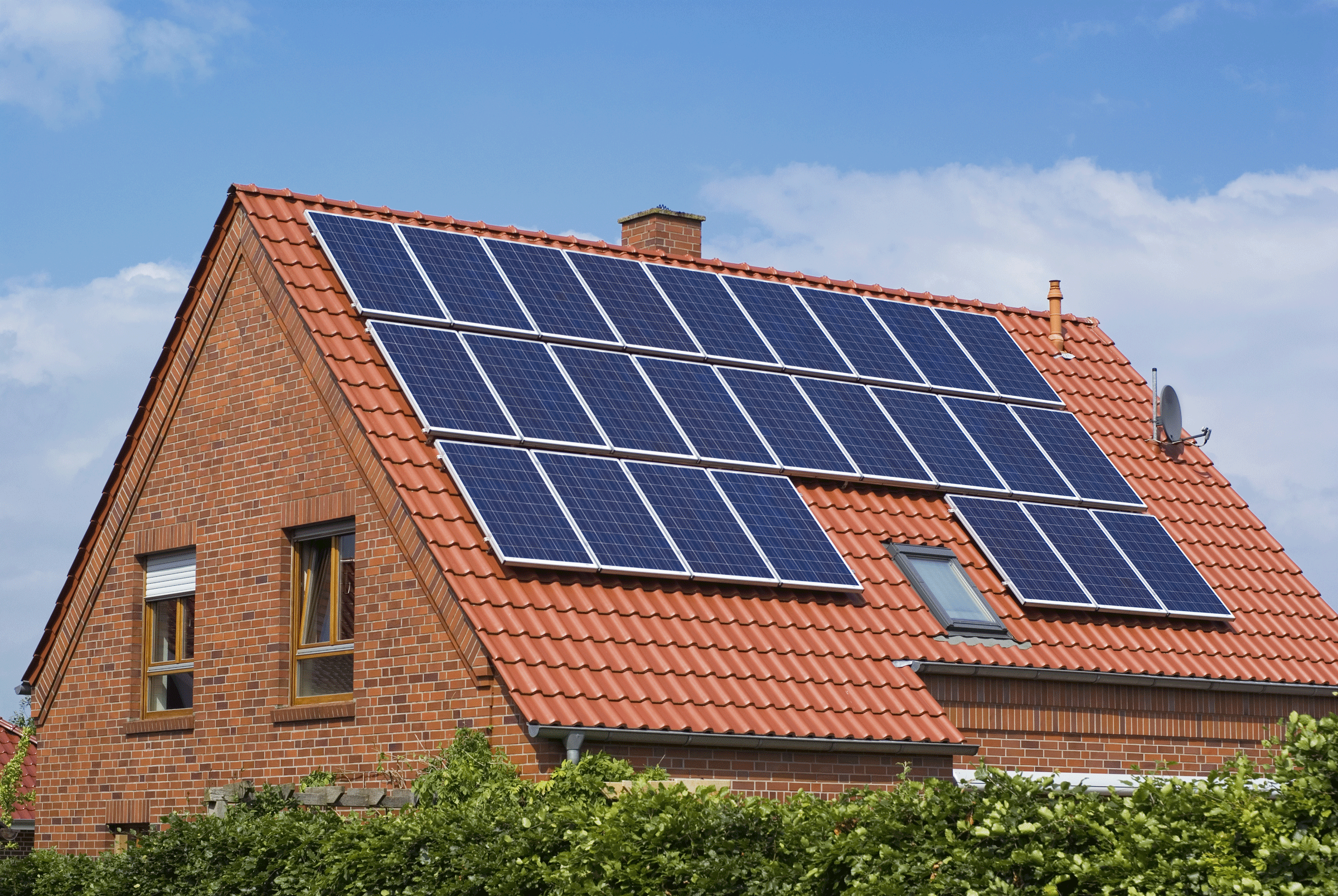In a brief moment, rooftop solar power negatively changed electricity prices in Queensland. Currently known for its extensive use of coal power which provides more than 80 per cent of its electricity, Australia will someday be more known for its use of solar power. This is attributed to the rapidly increasing rooftop solar power installations in the country.
The rise in rooftop solar power installations has been largely instigated by the equally rapid dropping of solar panel prices. This resulted in a rooftop solar boom in Australia.
The situation is now reaching a point where the viability of using a coal power plant for generating electricity is now open to question. 2013 was the first year in the country’s history where only a few of these coal generators made money.
Rooftop solar power becoming most efficient option
In fact, in July, 2014, wholesale energy pricing briefly went negative in the middle of the day in Queensland where there is 1.1 gigawatt of solar power spread over more than 350,000 buildings.
This is significant energy share for Queensland as the whole of Australia generates around 3.4 GW in approximately 1.2 million buildings.
With this incident, it could no longer be denied that rooftop solar power is becoming a strong contender within the energy market. It can now push the price of electricity to negative territory in the world’s sunniest spots.
Fossil fuel divestment is becoming more of a possibility due to the fact that powering down a coal power plant during peak solar periods would be more expensive than paying customers to use the electricity it generates.
Queensland strongest performer in solar market
Queensland experienced the negative energy price of coal generators because the state has a high rooftop solar power generation and low demand for electricity. When the right moment came, the PV power generation pushed the wholesale electricity price to $100 AUD per megawatt-hour. This occurred in the afternoon of July 2.
The daily temperatures were mild then, since it was mid-Winter. Queensland household appliance usage drops down in the early afternoon and peaks again in mornings and late afternoons. Thus, an early afternoon during a sunny Queensland, Australian winter is the time when solar power is at its peak.
Queensland is also a unique case because of its overbuilding of coal power plants, coupled with bad policy decisions. But it can’t be ignored that the rapid growth of solar energy is catching governments off guard.
Currently, there are over one million Australians using rooftop solar power. As a result, this situation causes demand for electricity generated by conventional utilities to fall.
Solar power influx decrease coal demand
Based on the analysis of the UBS, demand for electricity in the country has dropped 13 per cent over the past four years. About 75 per cent of households in Australia and at least 90 per cent of commercial buildings may install rooftop solar panels within the next decade.
Australia is a country that has the right combination for the eventual dropping of coal fired generated electricity. It has lots of sun and the cost of its current electricity network is very high.
If the subsidy given to fossil fuels is drastically reduced and eco-friendlier policies are taken up by the government, the march to clean energy of this country will be faster.

